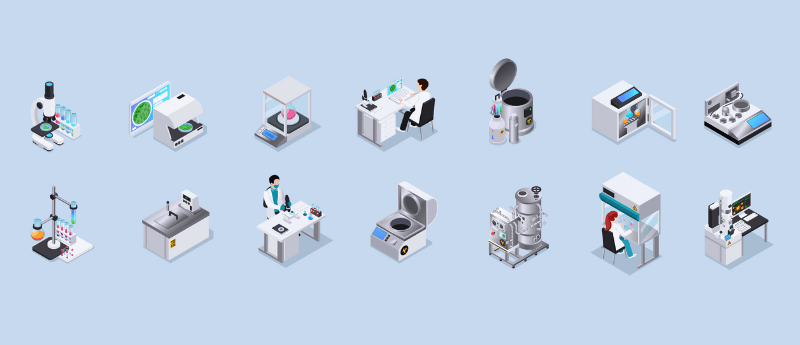Expanding possibilities for iPSCs: an interview with Molly Tregidgo

 We caught up with Molly Tregidgo (right) from the Cell and Gene Therapy Catapult (CGT Catapult; London, UK) during 3D Cell Culture & Organ Modelling 2024 (18-19 March; London, UK) to get an insight into her work in process development.
We caught up with Molly Tregidgo (right) from the Cell and Gene Therapy Catapult (CGT Catapult; London, UK) during 3D Cell Culture & Organ Modelling 2024 (18-19 March; London, UK) to get an insight into her work in process development.
In this interview, Molly delves into the challenges associated with the 2D expansion of iPSCs and explains how utilizing 3D stirred tank reactors allows for the production of hundreds of functional NK cells per seeded iPSC. Molly also discusses the potential impact of process analytical technologies on cell therapy manufacturing in the future.
Please introduce yourself and what you do at the CGT Catapult
I am an Associate Senior Bioprocess Scientist at the CGT Catapult. Based at our site in Guy’s Hospital, London. Our team collaborates with partners from across the industry to address and overcome key challenges in the cell and gene therapy space.
My main role as a bioprocess scientist is to support process development. This involves the translation of open, manual 2D processes into closed, automated processes, either in 3D stirred tank reactor (STR) systems or in automated 2D systems, to facilitate translation to manufacturing.
Can you explain the current limitations associated with 2D expansion methods for iPSCs?
2D expansion processes are widely utilized in process development, however, the use of these methodologies in a manufacturing setting has several key limitations. For example, when the production of clinically relevant quantities of iPSCs is required, T-flask expansion becomes limited by scalability and the reliance on open, manual processing can be affected by operator variability.
How does the CGT Catapult’s iPSC expansion and differentiation process work?
Our iPSC expansion and differentiation platform starts with the inoculation of single cells into an STR where they are expanded as aggregates. Medium exchange is achieved with perfusion, where fresh media is pumped into the bioreactor and waste media is pumped out at a continuous, cell specific flowrate. Aggregates are retained in the bioreactor using a scalable, acoustic filter. Expansion protocols achieve over 1 billion iPSCs in a 250mL STR platform.
After the formation of iPSCs as aggregates, aggregates are seeded into differentiation media in an STR. Differentiation media is exchanged periodically, as defined by the differentiation protocol supplied by one of our project collaborators. This process was shown to produce hundreds of functional NK cells per seeded iPSC.
You can learn more about our iPSC expansion process here.
What are some of the challenges to look out for with this method?
The key challenge with perfusion at a small scale is accurate monitoring of the volume of fresh media entering and waste media exiting the bioreactor. Variability in either the inlet addition volume or the outlet waste volume causes fluctuations in the total bioreactor volume which can be a key source of process variability.
To alleviate this, automated monitoring and control of volume was incorporated into our expansion platform, whereby media being fed in and waste media being removed are continuously monitored and automatically adjusted, utilizing an automated script to ensure a consistent volume.
What further advances do you anticipate with respect to the automation of cell therapy manufacturing in the future?
It is expected that in the near future process analytical technologies will be implemented into 3D STR platforms for cell therapy manufacturing. These technologies enable the continuous, inline monitoring of the process without the need for sampling. We expect this will greatly increase process understanding, speed up process development timelines and enable the identification of critical process parameters.
The opinions expressed in this interview are those of the author and do not necessarily reflect the views of RegMedNet or Taylor & Francis Group.